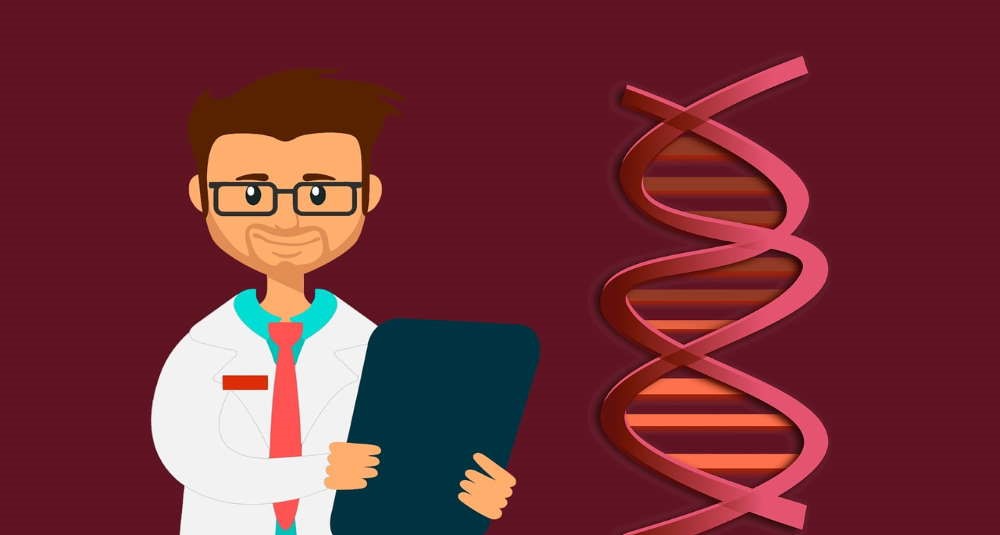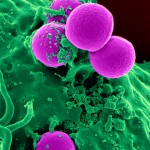A thrilling report has surfaced about the first baby being born as a result of a controversial fertilization technique, the spindle nuclear transfer. The procedure incorporates DNA from three “biological parents” to serve as the embryo’s genomic base, and is used to prevent mitochondrial diseases in infants.
While the vast majority of our genetic make-up is packed in the nuclei of cells, an additional set of 37 genes is located in the cytoplasm, stored in mitochondria. Despite its relatively small size, mitochondrial DNA (or mtDNA) plays a crucial role in many metabolic processes and is inherited maternally.
A Jordanian mother that suffers from Leigh syndrome, a rare disorder caused by mutations in mtDNA, already lost two of her newborns to the disease. To prevent the faulty mitochondria from being passed down to the baby the third time, Dr. John Zhang transferred the nucleus of the mother’s egg into a donor egg with healthy mitochondria, replacing its original nucleus. The embryo was then fertilized by the father’s sperm and implanted into the mother. She later gave birth to little Abraham, who seems to be completely healthy five months later.
Despite the obvious life-saving potential, a long and thorny road lays ahead of the novel fertilization technique, before becoming standard practice. Regulatory institutions are calling for additional evidence of long-term health stability and many critics deemed it unethical. However Dr. Zhang did make a compelling argument with his response:
To me, saving lives seems like the ethical thing to do.
Find out more about the boy with DNA from three parents in the video bellow!
By Luka Zupančič, MSc, University of Applied Sciences Technikum Vienna











